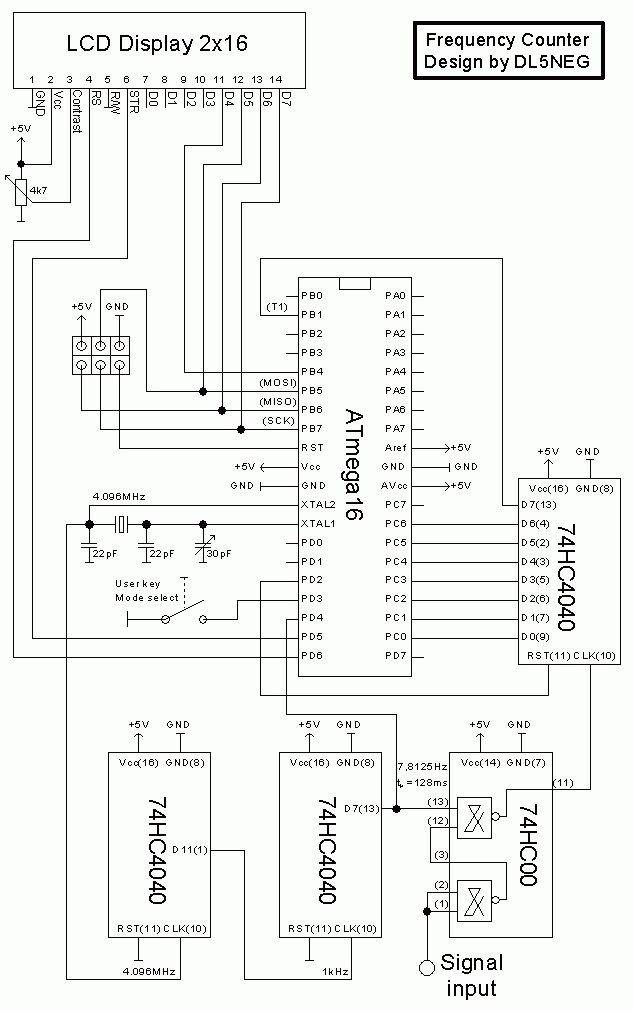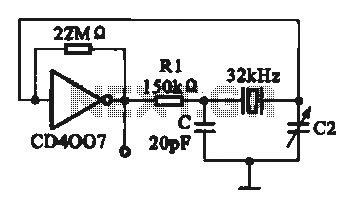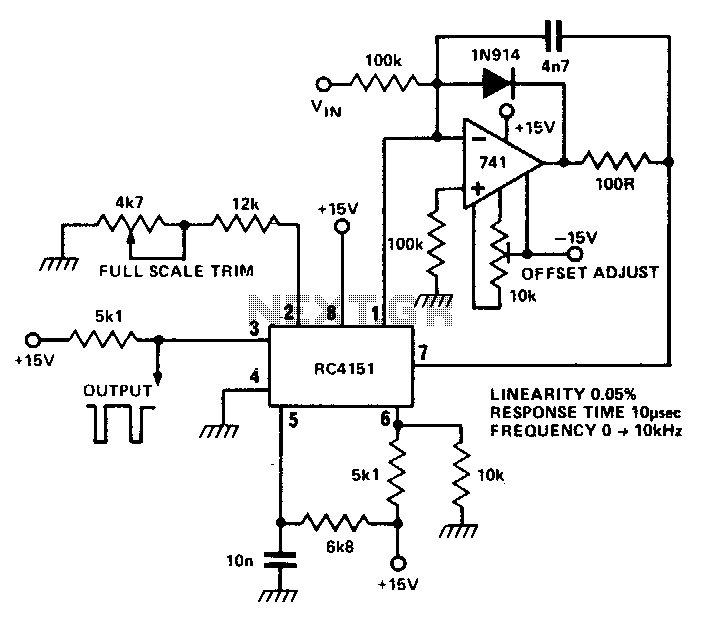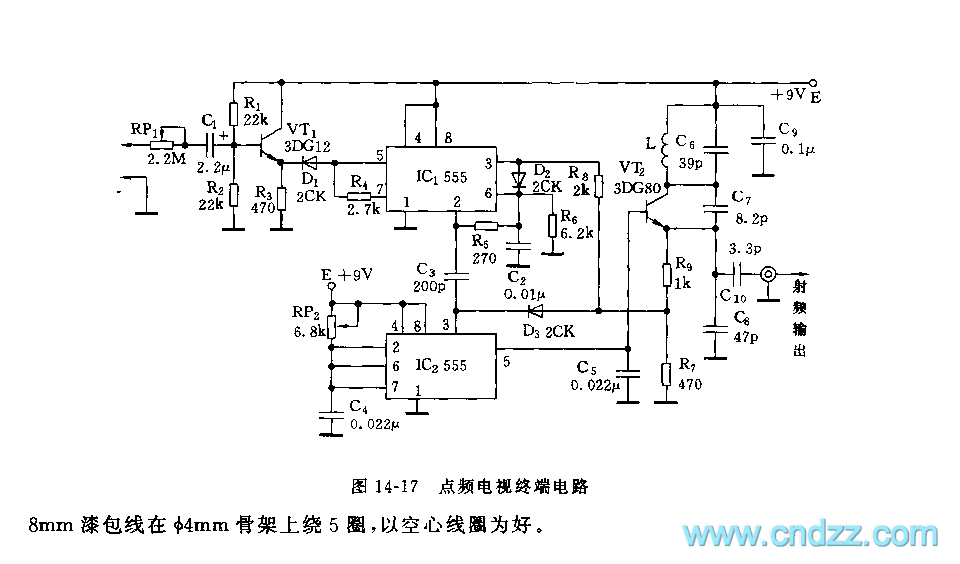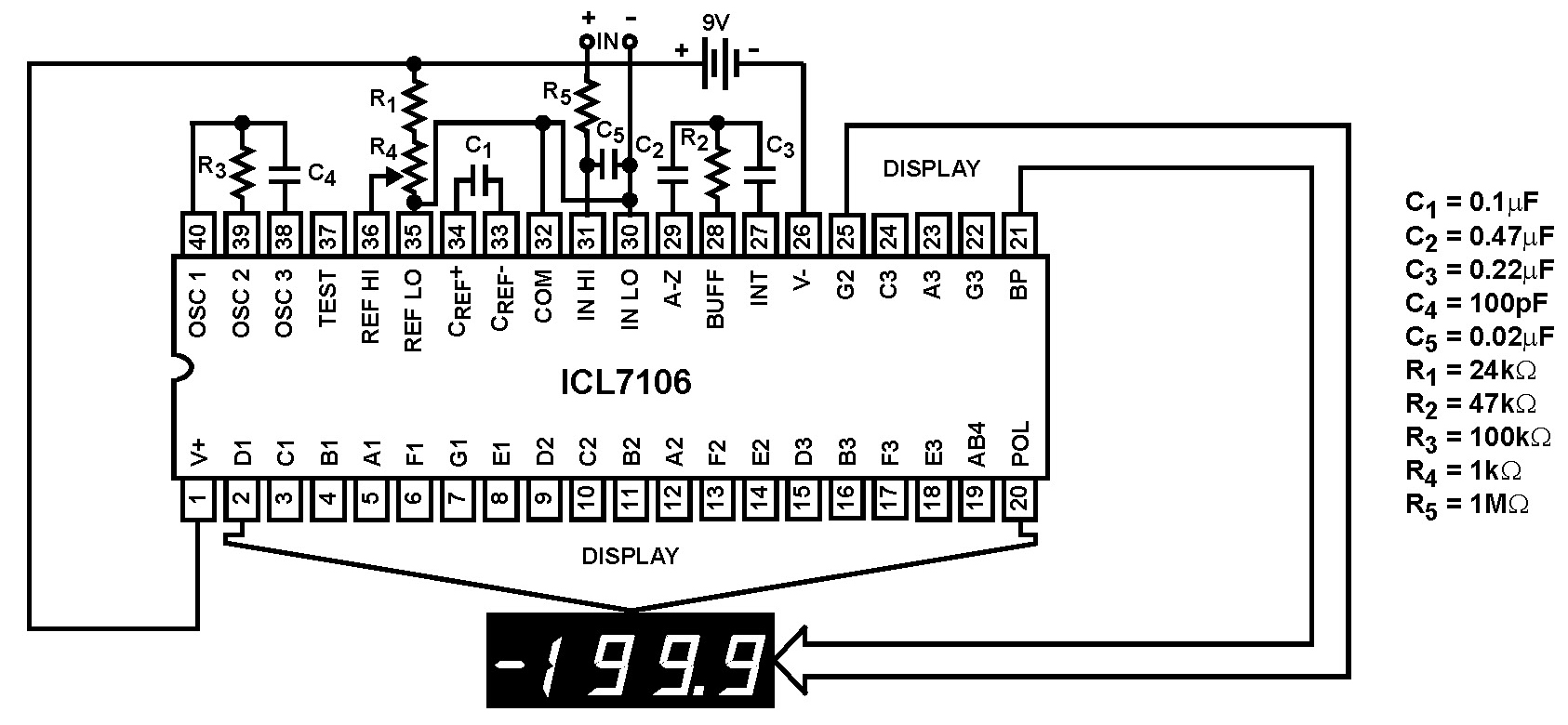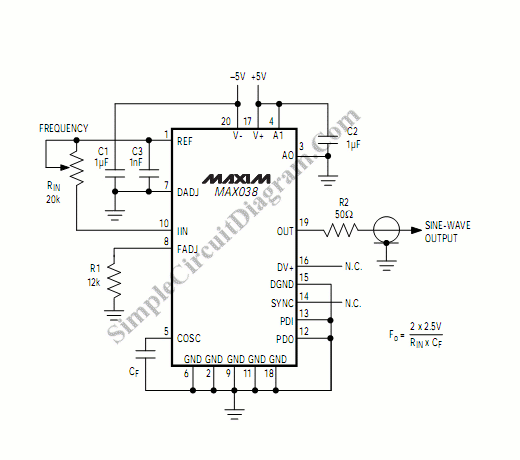
Crystal Oscillator Frequency Converter
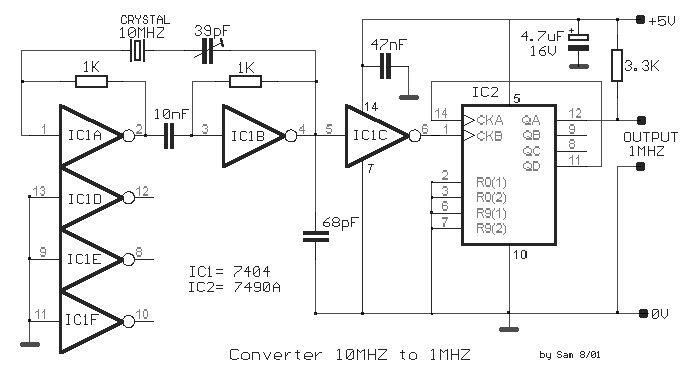
The circuit was designed to create a frequency converter using a crystal oscillator for the conversion of 10 MHz to 1 MHz. It incorporates a 7404 hex inverter.
The circuit functions as a frequency divider, utilizing a crystal oscillator to generate a stable 10 MHz signal. The 7404 hex inverter is employed to achieve the necessary signal manipulation for frequency conversion. Each inverter stage within the 7404 can be configured to create a series of toggling states that effectively halve the frequency of the input signal.
The crystal oscillator is the primary frequency source, ensuring precision and stability in the output frequency. The output from the oscillator is fed into the first inverter stage of the 7404, where the signal is inverted. This inversion process introduces a phase shift, which is critical for the subsequent stages of frequency division.
By cascading multiple inverter stages, the circuit can achieve the desired output frequency of 1 MHz. Specifically, two stages of inversion will divide the original 10 MHz signal down to 2.5 MHz, and further signal processing or additional inverter stages can be utilized to achieve the final 1 MHz output. The design may also include passive components such as resistors and capacitors to filter the output signal and stabilize the operation of the inverter stages.
This configuration is useful in various applications where a lower frequency signal is required from a higher frequency source, such as in signal processing, communication systems, and clock generation for digital circuits. Careful attention must be given to the power supply and grounding to minimize noise and ensure reliable operation of the frequency converter.The circuit was designed to create a frequency convert with the use of a crystal oscillator for the conversion of 10 MHz to 1 MHz. 7404 a hex inverter u.. 🔗 External reference
The circuit functions as a frequency divider, utilizing a crystal oscillator to generate a stable 10 MHz signal. The 7404 hex inverter is employed to achieve the necessary signal manipulation for frequency conversion. Each inverter stage within the 7404 can be configured to create a series of toggling states that effectively halve the frequency of the input signal.
The crystal oscillator is the primary frequency source, ensuring precision and stability in the output frequency. The output from the oscillator is fed into the first inverter stage of the 7404, where the signal is inverted. This inversion process introduces a phase shift, which is critical for the subsequent stages of frequency division.
By cascading multiple inverter stages, the circuit can achieve the desired output frequency of 1 MHz. Specifically, two stages of inversion will divide the original 10 MHz signal down to 2.5 MHz, and further signal processing or additional inverter stages can be utilized to achieve the final 1 MHz output. The design may also include passive components such as resistors and capacitors to filter the output signal and stabilize the operation of the inverter stages.
This configuration is useful in various applications where a lower frequency signal is required from a higher frequency source, such as in signal processing, communication systems, and clock generation for digital circuits. Careful attention must be given to the power supply and grounding to minimize noise and ensure reliable operation of the frequency converter.The circuit was designed to create a frequency convert with the use of a crystal oscillator for the conversion of 10 MHz to 1 MHz. 7404 a hex inverter u.. 🔗 External reference
